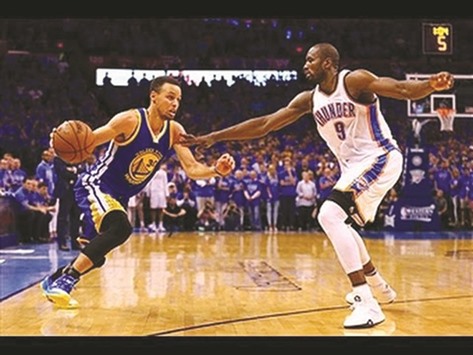The debate, at least for the moment, will fade away soon enough, as these last few minutes of the NBA season tick away.
And there are merits to both sides.
The NBA, with the issuance of its Last Two Minute (L2M) Reports, has opened the window on officiating transparency for the junctures of games when there is the greatest scrutiny, the final two minutes of regulation or overtimes when the score is within five points.
The league’s referees counter that the reports do nothing to change the outcomes or the calls themselves, and merely offer one interpretation of the application of the rules, by the league’s supervisory staff.
But then came this past week’s issuance of a position paper from the National Basketball Referees Association, titled, “NBRA Position On The Current L2M Reporting Policy.”
Included were six cogent bullet points from the referees’ perspective, beginning with, “Transparency does nothing to change the outcome of the game.”
And yet it is the fourth bullet point that deserves more than the fleeting attention that the overall memo has received amid these NBA Finals.
It reads: “Efforts to promote transparency have encouraged the idea that perfection in officiating is possible.
Perfection is neither possible nor desirable; if every possible infraction were to be called, the game would be unwatchable and would cease to exist as a form of entertainment in this country.”
Um...
whoa? No, um...
whoa!
Now, granted, it long has been accepted that if every grab, touch, bump, nudge were to be called, replacement whistles would have to be rushed courtside, similar to the acceptance that you can’t call every holding penalty in the NFL or every possible case of interference in the NHL.
And those sports, like the NBA, certainly would be unwatchable with such zero-tolerance vigilance. But for the referees’ union to issue such a statement creates a type of transparency issue of its own.
That led to a call to the NBRA for clarification, a pair of return phone calls seeking clarity of the questions to be poised, and then a response from Mark Denesuk, founder and managing principal of Commerce House, the Dallas-based communication partner of the NBRA.
In the spirit of transparency, the bullet point in question was read back to Denesuk, admittedly with a tone of incredulity.
“I don’t think the referees at all are saying that they don’t make calls that they see,” he said.”I think that line or that point is a reference to a lot of the other measures from a technological standpoint, reviews, all the other stuff that’s very disruptive and interruptive to the game, where you have to stop play, and things are looked at.
We have some of that now.
But I think what we’re referencing in this point is that you don’t want to take it so far that all of a sudden it becomes a huge distraction to the game at hand and it really isn’t worth the effort.”
As it is, the NBA not only publicly reviews calls made during the criteria period in the L2M reports, but also publicly evaluates “notable non-calls,” which the NBA defines as “material plays directly related to the outcome of a possession.”
And, yet, the referees themselves are now saying that if you enforce the rules to the letter, if you ever could, “the game would be unwatchable and would cease to exist as a form of entertainment in this country.”
So for all those in the middle of the partisan-based howl that the rules aren’t always being enforced... you’re apparently correct in your observation, if not your agitation.
“I think there’s a lot to be discussed on both sides of the issue,” Denesuk said.”We wanted to weigh in on that conversation.
So I don’t think we’re necessarily creating the issue. I think we’re just kind of weighing in. We have a very legitimate place in this discussion.”
And perhaps a very legitimate point.
And that, more than the L2M reports themselves, is what the NBA most needs to address.
Are the rules of the game enforceable? Can they be enforced? And how much latitude should there be in the enforcement?
If the L2M reports are replaced by answers to those questions, then these NBA Finals will have produced something even more tangible than a 2016 champion.



